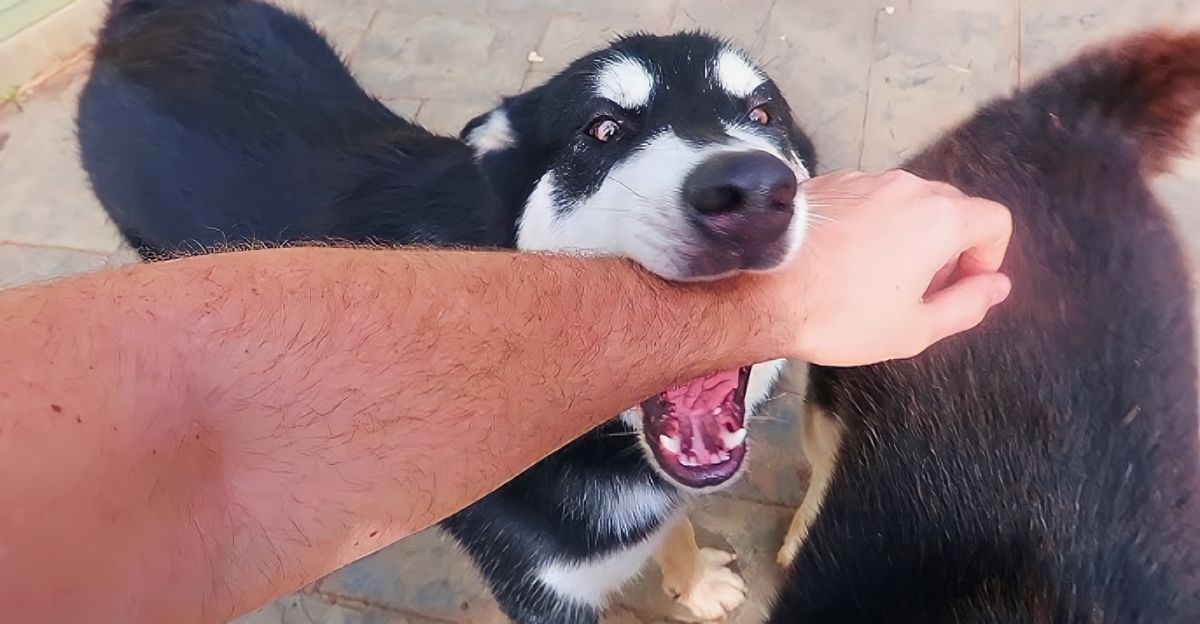
Dogs are known for their loyalty and affection, but they also form deep emotional bonds with their human companions. If you’ve ever wondered whether your dog has truly imprinted on you, there are several signs to look for. From their behavior to their reactions, these are 12 indicators that your dog has imprinted on you.
1. Affectionate Behavior
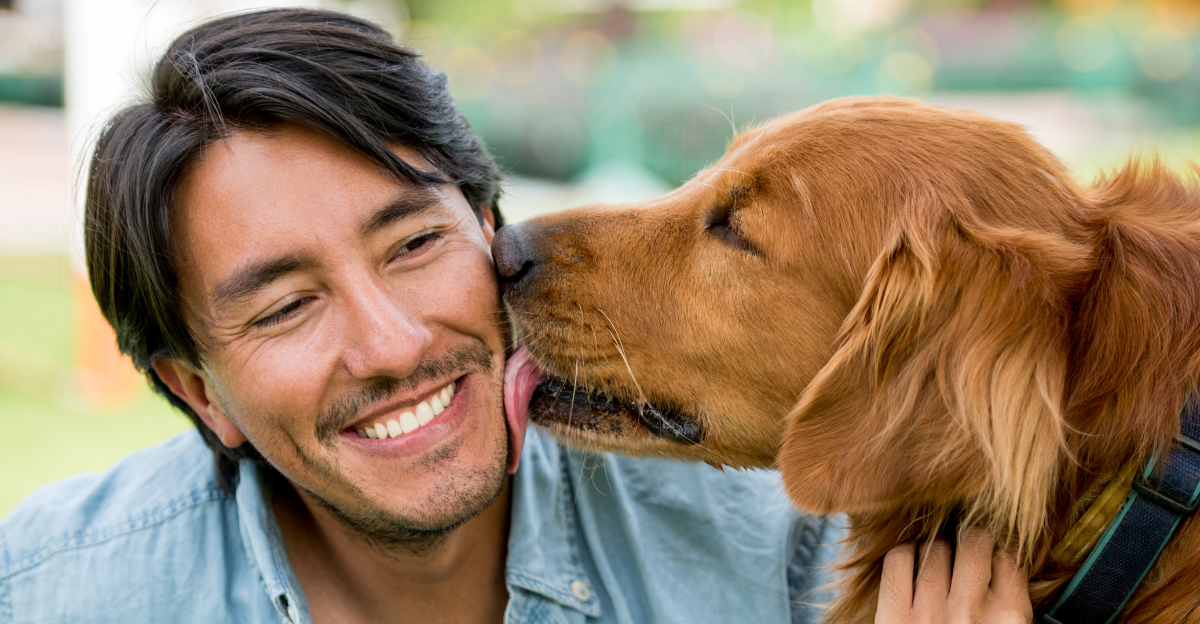
When a dog shows affection through licking, nuzzling, or cuddling, it is a clear sign that they consider you part of their family. This behavior is rooted in their instinctual need for social bonding and comfort. Dogs often lick their owners to express love and seek attention, similar to how they would interact with their littermates or mothers. If your dog consistently seeks out physical closeness and displays affectionate gestures, it’s a strong indicator of their emotional attachment to you.
Not All Dogs Show Love the Same Way
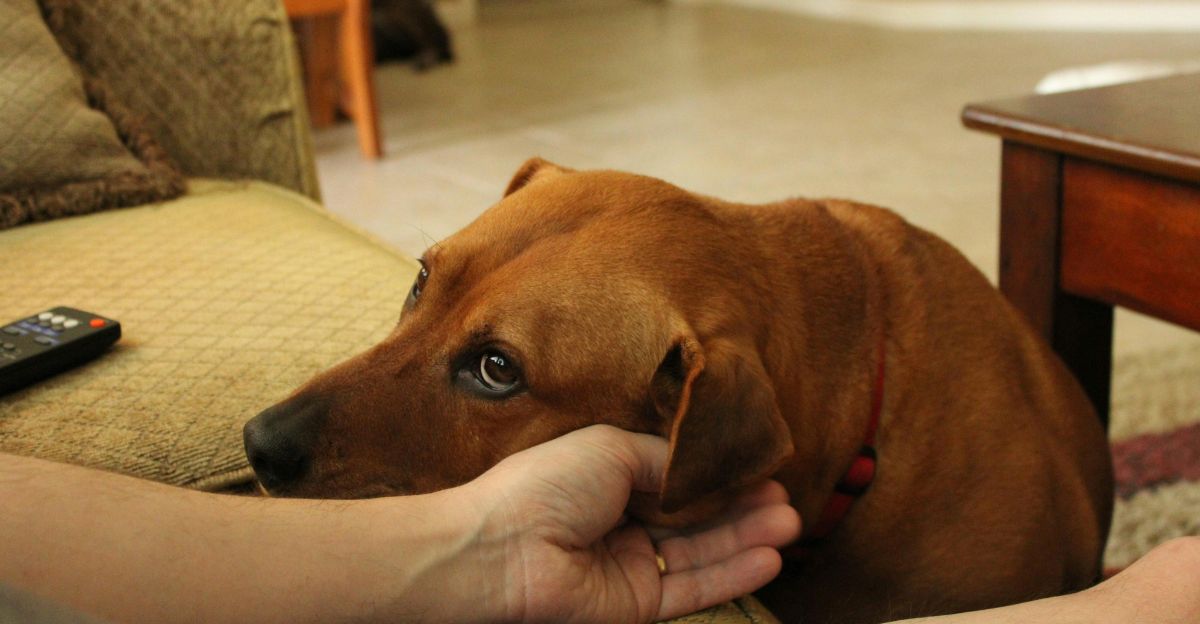
Some dogs just aren’t as keen on cuddles or kisses as other dogs, but that doesn’t mean they don’t love you. Some use more subtle signs to show their love, like leaning against you, sighing contentedly in your presence, or just choosing to stay close to you. These signs are just as meaningful. All dogs have their own unique personalities and express affection differently. Pay attention to your dog’s unique way of showing that it cares about you.
2. Eye Contact
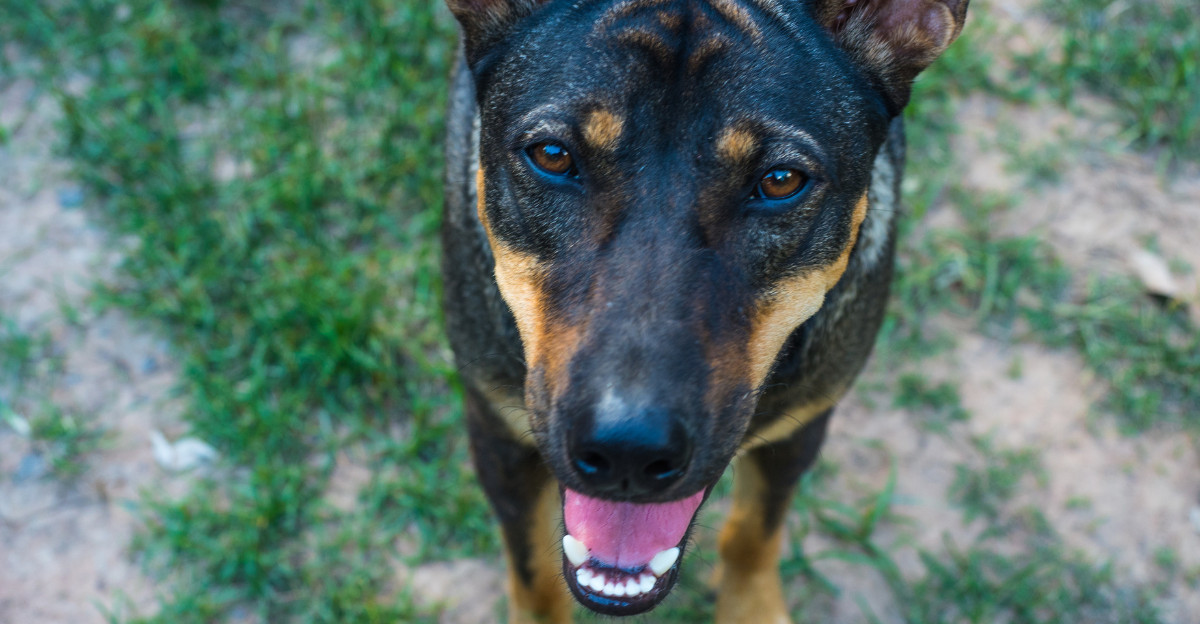
Deep eye contact from your dog can be one of the most telling signs of a strong bond. Maintaining eye contact is often associated with trust and loyalty in the canine world. When your dog looks into your eyes, it is not only seeking connection but also communicating its feelings. Research has shown that this mutual gaze can increase oxytocin levels, often referred to as the “love hormone,” in both dogs and humans, reinforcing the emotional connection between you.
The Science Behind the Gaze
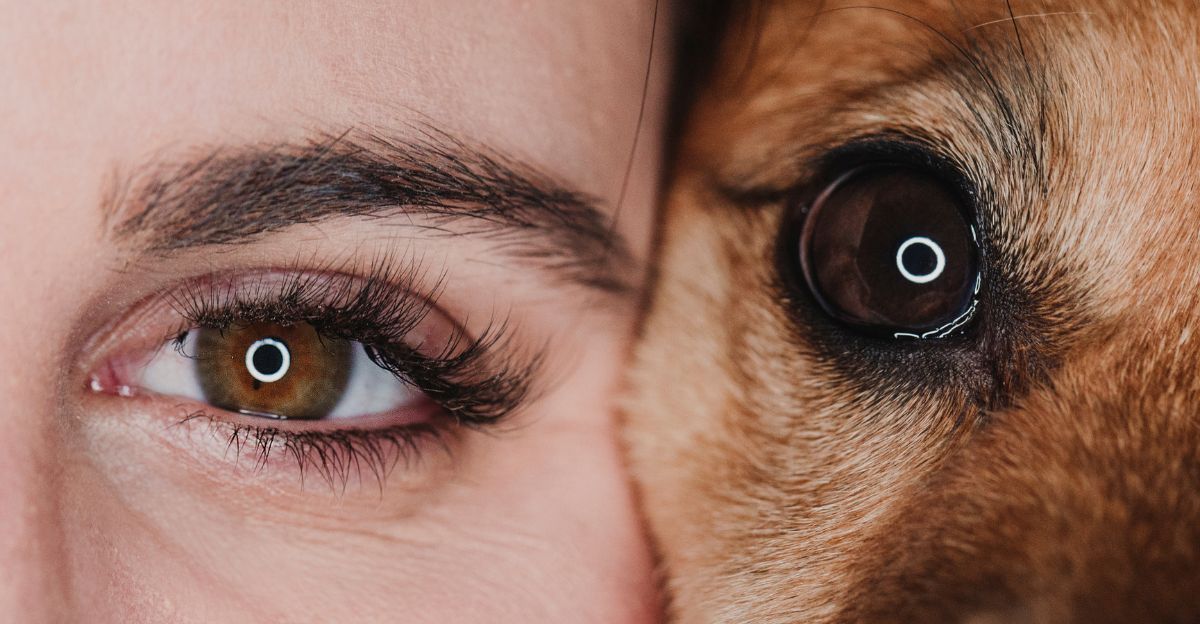
This release of oxytocin during eye contact can trigger calming effects, reducing stress and promoting a sense of safety for you and your dog. It also encourages positive social behaviors and will help your dog feel more secure and connected in its environment. Essentially, this biochemical exchange creates a deep emotional bond between you and your pet that goes beyond simple affection.
3. Bringing Gifts
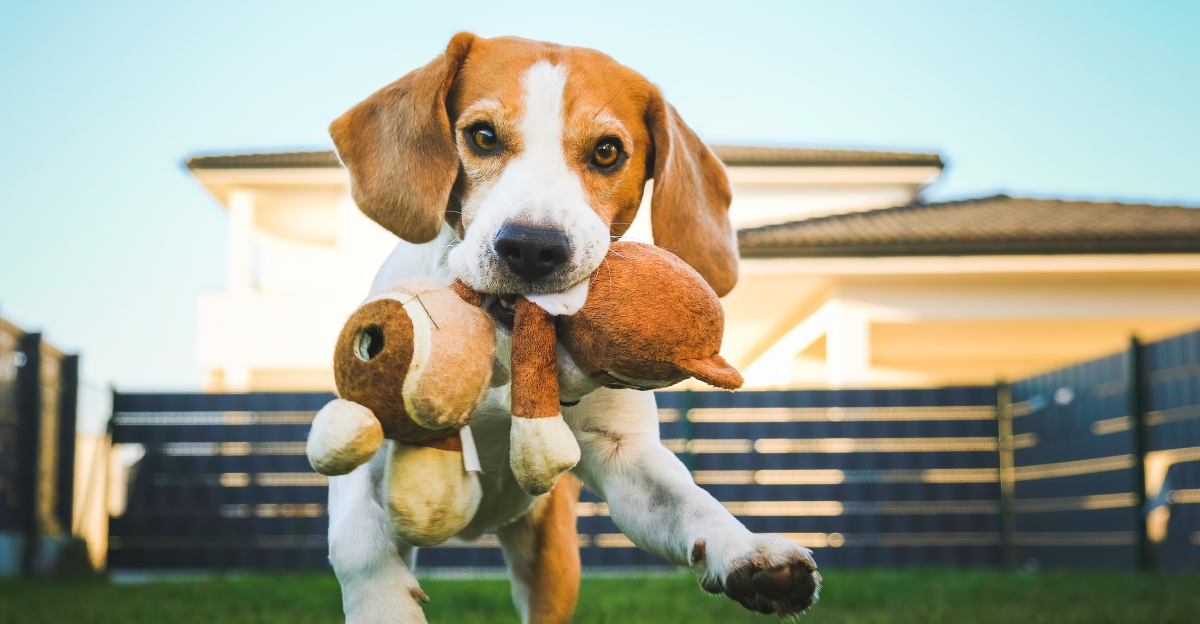
If your dog brings you their favorite toy or other items, it’s a gesture of affection and trust. In the wild, dogs often share food or toys with their pack members as a way to strengthen social bonds. When your dog presents you with a gift, they are essentially saying, “I trust you and want to share my joy with you.”
4. Belly Exposure
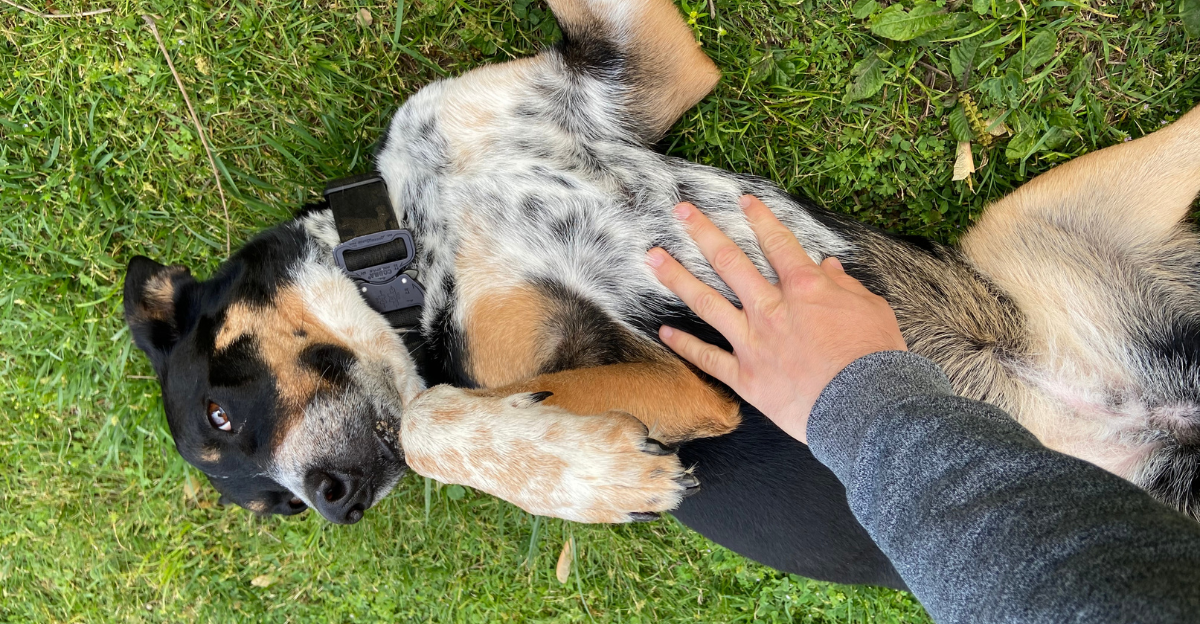
When your dog rolls onto their back and exposes their belly, it’s one of the most vulnerable positions they can take. This behavior indicates that they feel safe and secure in your presence. Dogs instinctively protect their bellies, so when they willingly show this part of themselves to you, it signifies deep trust and comfort. It’s an invitation for affection and a clear sign that they consider you a trusted companion.
Why Belly Rubs Matter
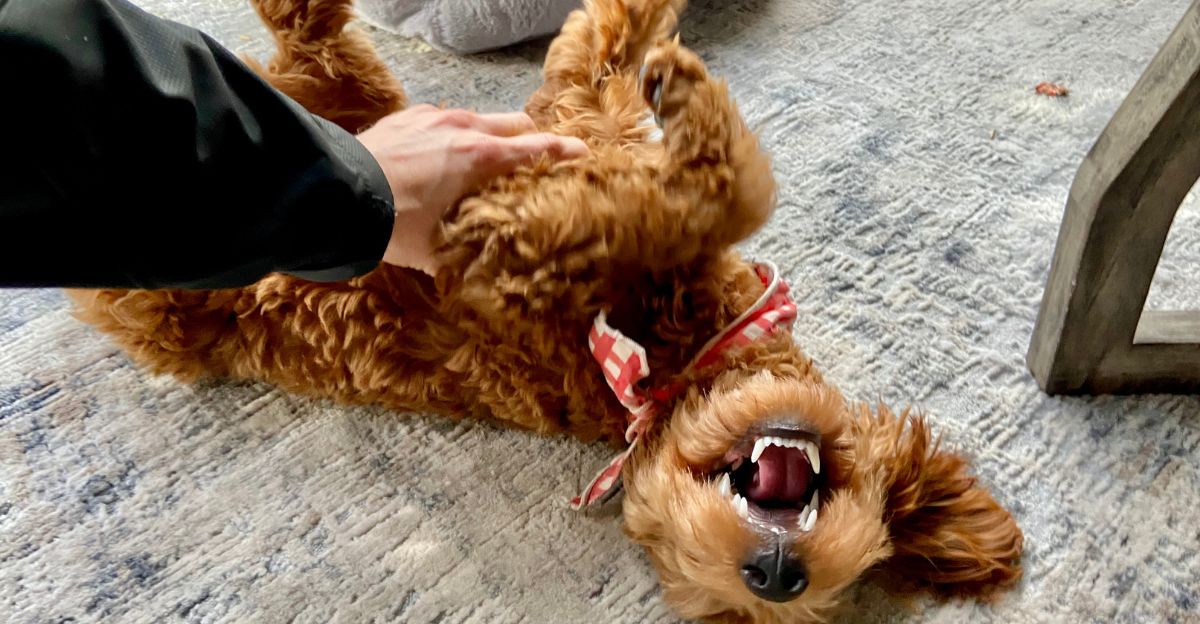
Not only do belly rubs feel great, but they also stimulate your dog’s parasympathetic nervous system, which promotes relaxation and lowers their heart rate. This physical touch also strengthens your bond by releasing endorphins, which create feelings of pleasure and content for you and your pet.
5. Sleeping Near You

If your dog prefers to sleep close to you, whether on your bed or at your feet, it’s a strong indication of their attachment. Dogs are social animals with a natural pack mentality, and sleeping near their owner provides them with a sense of security and protection. Your presence reassures them that they are safe from potential threats while they rest. This behavior reflects not only trust but also a desire for companionship.
6. Excitement Upon Your Arrival

The enthusiasm your dog displays when you come home is a heartwarming sign of their attachment to you. Dogs often express joy through jumping, tail wagging, barking, or running in circles when they see their owners return after being apart. This exuberant greeting demonstrates how much they value your presence and how excited they are to be reunited with you after any period of separation.
How Dogs Show They Miss You
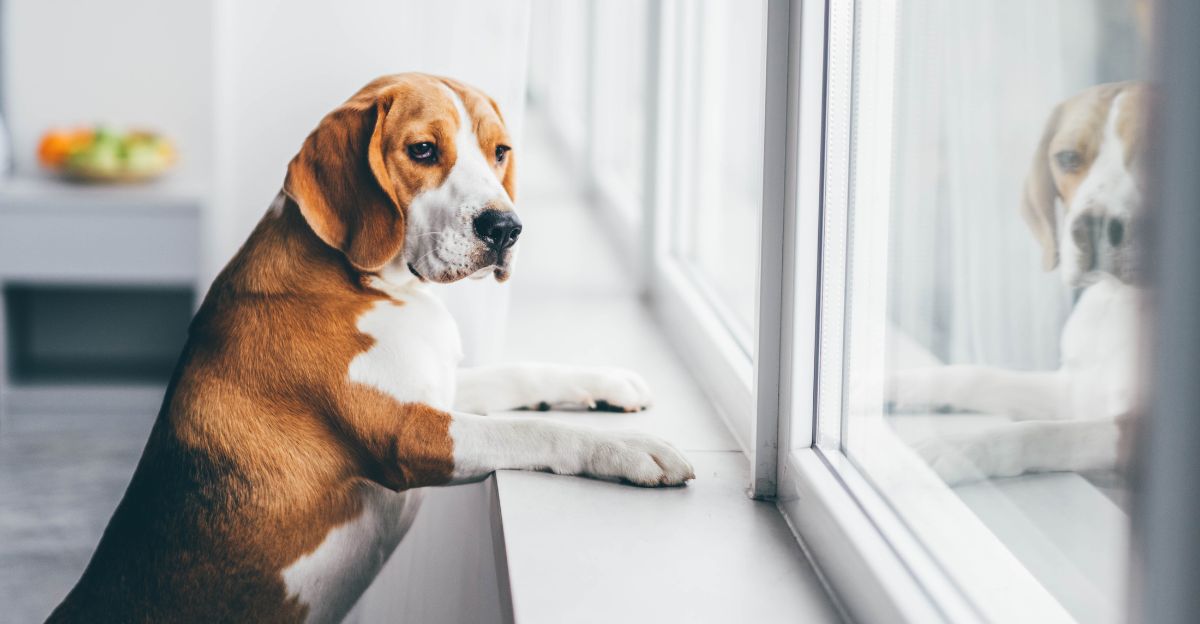
Many dog owners have shared adorable and touching stories of their dogs waiting by the door, sometimes whining softly, or even bringing a shoe as a “welcome back” gift. Sometimes, dogs will pace around the house or look out the window for hours on end, waiting for their best friend to come back. These behaviors show the deep longing and anticipation dogs feel for their favorite humans when they’re apart.
How Dogs Anticipate Your Return
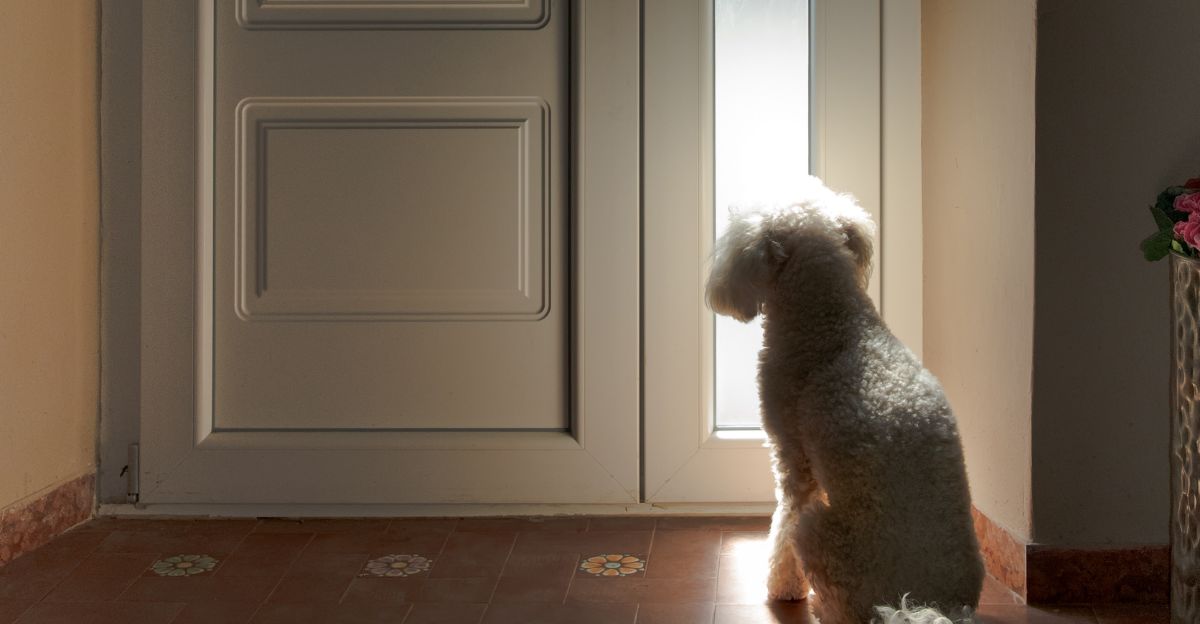
Dogs thrive on routine and quickly pick up on the familiar sounds and timing of your return home. Some studies have shown that dogs even use their sense of smell to estimate how long you’ve been out of the house. Their anticipation of your arrival home is a sign of their attachment to you. Your return is the highlight of their day!
7. Mirroring Your Actions
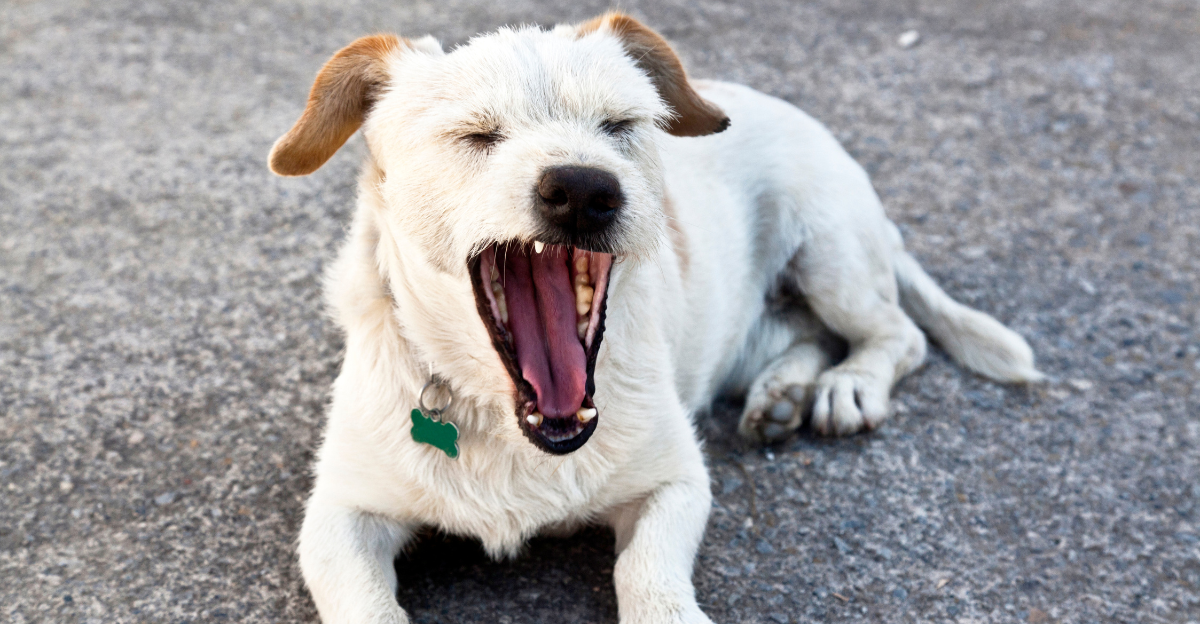
Dogs are incredibly perceptive creatures that can pick up on human emotions and behaviors. If you notice your dog yawning when you do or mimicking other actions, it indicates a deep level of empathy and connection between you two. This mirroring behavior shows that your dog is attuned to your mood and actions, reinforcing the bond through shared experiences and emotional understanding.
Dogs Mirror Emotions, Too
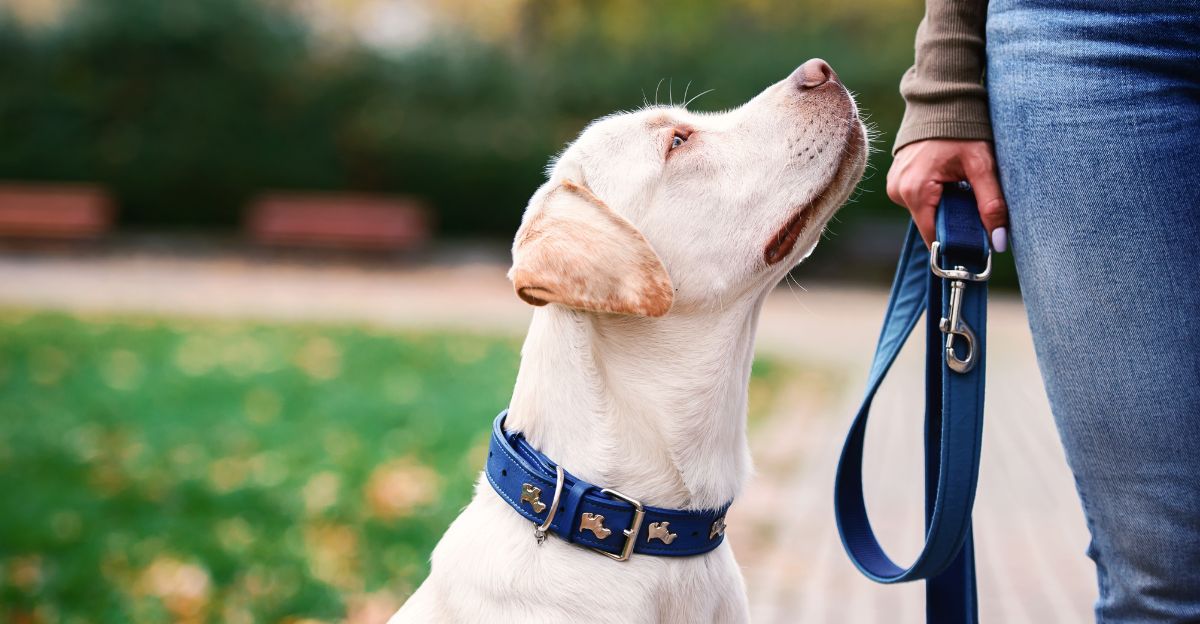
It’s not just actions; dogs will often mirror your mood. If you’re feeling down, your dog can sense it and will often become quieter or try to comfort you. When you’re happy and energetic, your dog might become playful and active, ready to play with you. This emotional attunement might be subtle, but it’s a massive indicator that your dog has truly bonded with you.
8. Constant Attachment
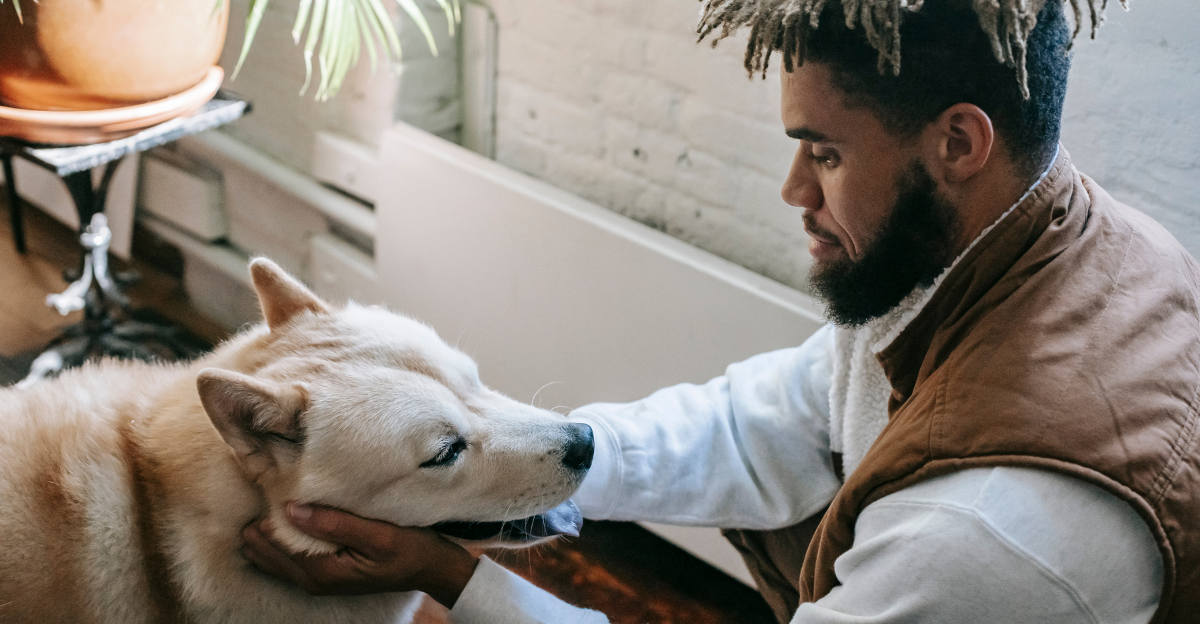
A dog following you from room to room demonstrates loyalty and attachment. This behavior is often referred to as “shadowing” and indicates that your dog enjoys being in your presence at all times. They seek comfort in knowing where you are and feel more secure when close to you. This constant companionship reflects the deep bond formed through shared experiences and mutual affection.
When Shadowing Becomes Separation Anxiety
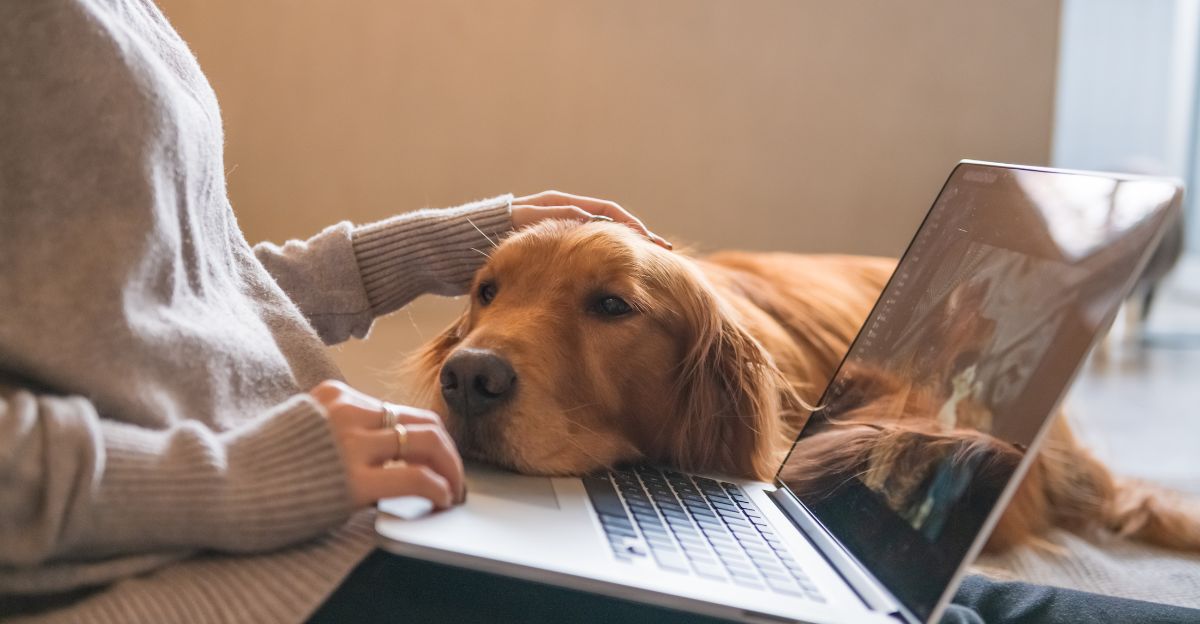
It’s very cute when your dog follows you wherever you go, but if your dog suddenly becomes distressed when you leave, it could be a sign of separation anxiety. Common signs include whining, destructive behavior, or excessive barking. Healthy attachment means your dog can enjoy being close to you but can also relax on their own.
9. Protective Behavior
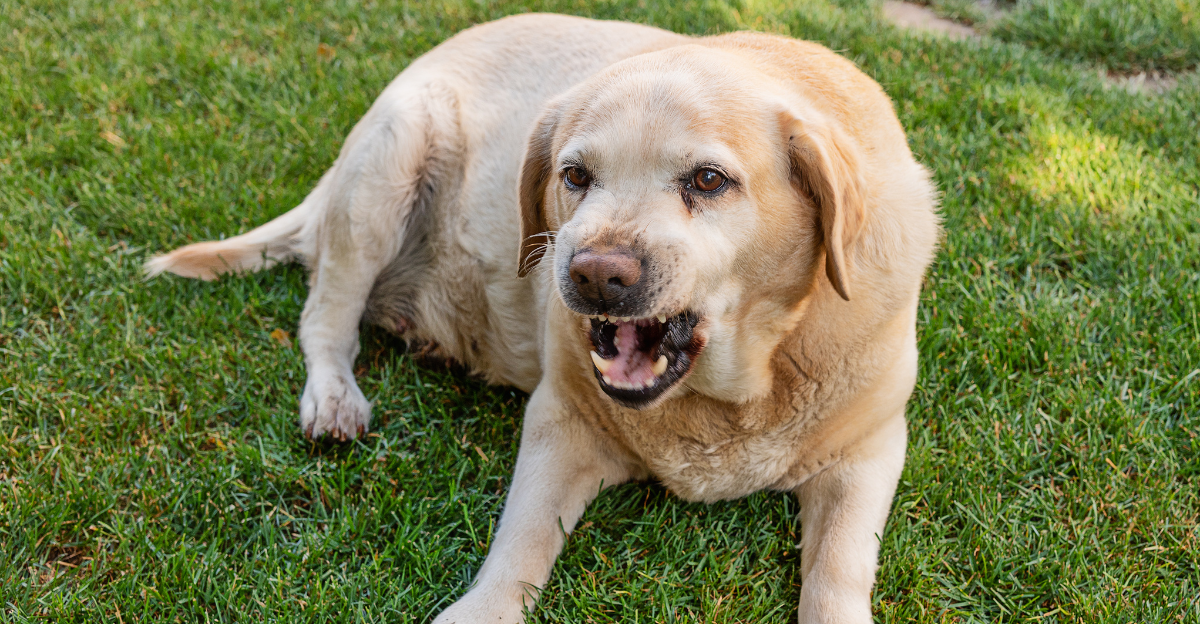
If your dog exhibits protective instincts by standing between you and perceived threats or growling at strangers, it shows that they see themselves as part of your safety network. This protective behavior stems from their instinctual drive to guard their pack members. When your dog feels the need to protect you, it signifies a strong emotional connection and commitment to ensuring your well-being.
10. Relaxed Demeanor Around You
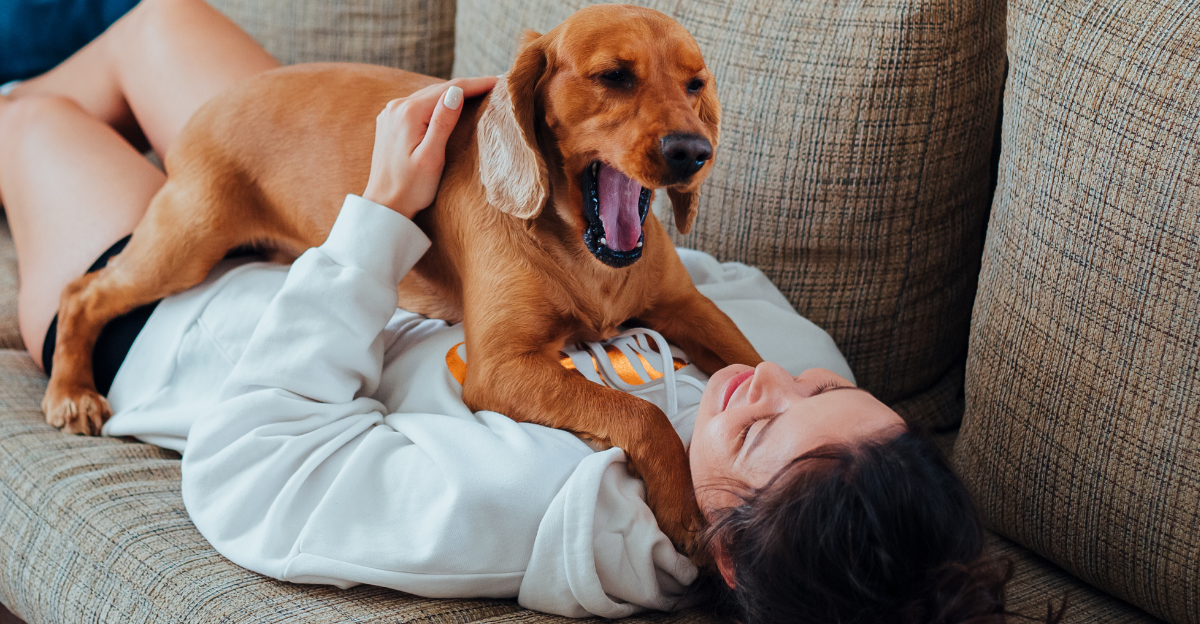
A relaxed body posture in your dog indicates that they feel safe and comfortable in your presence. Signs such as soft eyes and an overall calm demeanor suggest they trust you completely. This level of relaxation is essential for building a strong bond; it shows that your dog views you as a source of security rather than a potential threat.
Relaxation Means True Security

If your dog often sprawls out, sighs, or snores in your presence, it likely feels completely safe around you. Dogs are only able to relax like this around people they trust or see as protectors. If your dog is calm and content around you, it’s a testament to the strength and security of your relationship.
11. Seeking Reassurance

When faced with new or frightening situations, if your dog looks to you for comfort or guidance, it demonstrates reliance on your support. This behavior indicates that they trust your judgment and feel secure knowing you’re there to help them navigate challenges. Your ability to provide reassurance strengthens the emotional connection between you and reinforces their sense of safety.
12. Responsive to Your Voice
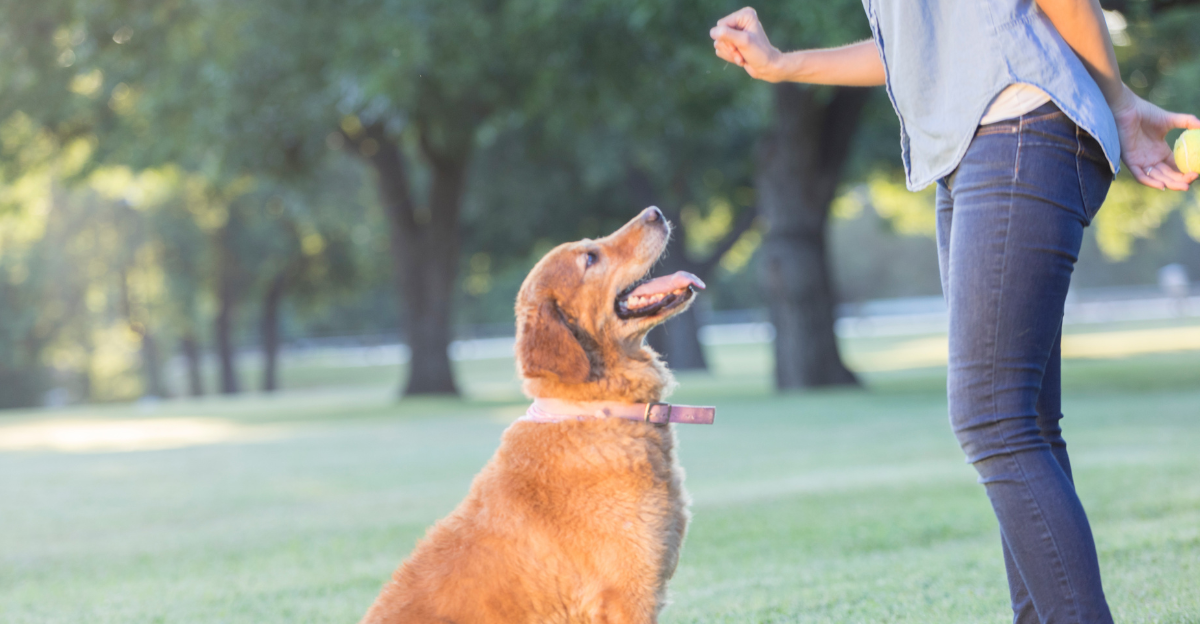
A dog that perks up at the sound of your voice is showing recognition and positive association with you as their owner. This responsiveness reflects familiarity and an eagerness to engage with you based on past experiences together. Whether responding to commands or simply acknowledging your presence, this behavior highlights the bond you’ve created through communication.
Why Imprinting Matters
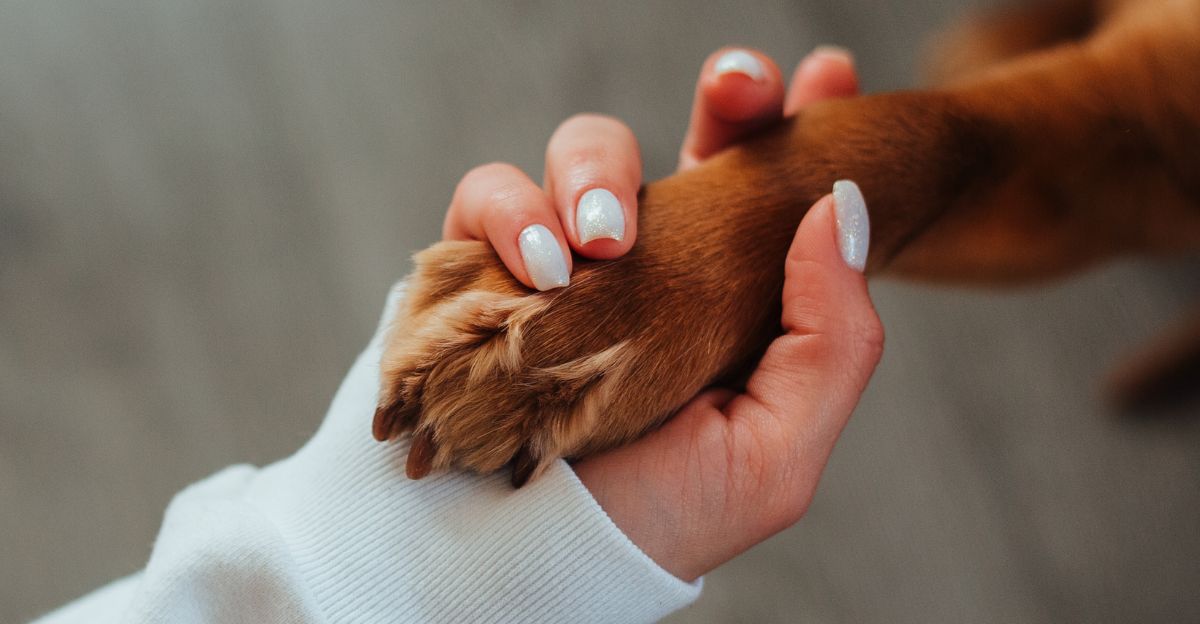
If a dog has truly imprinted on you, it means that it trusts you deeply, which makes training and socializing easier. These dogs will often look to you for cues in new environments or situations and feel secure in your presence. Imprinting helps build a solid foundation for your relationship with your pet, enabling better communication, reducing behavior problems, and encouraging a more balanced and peaceful life together.
Health and Happiness
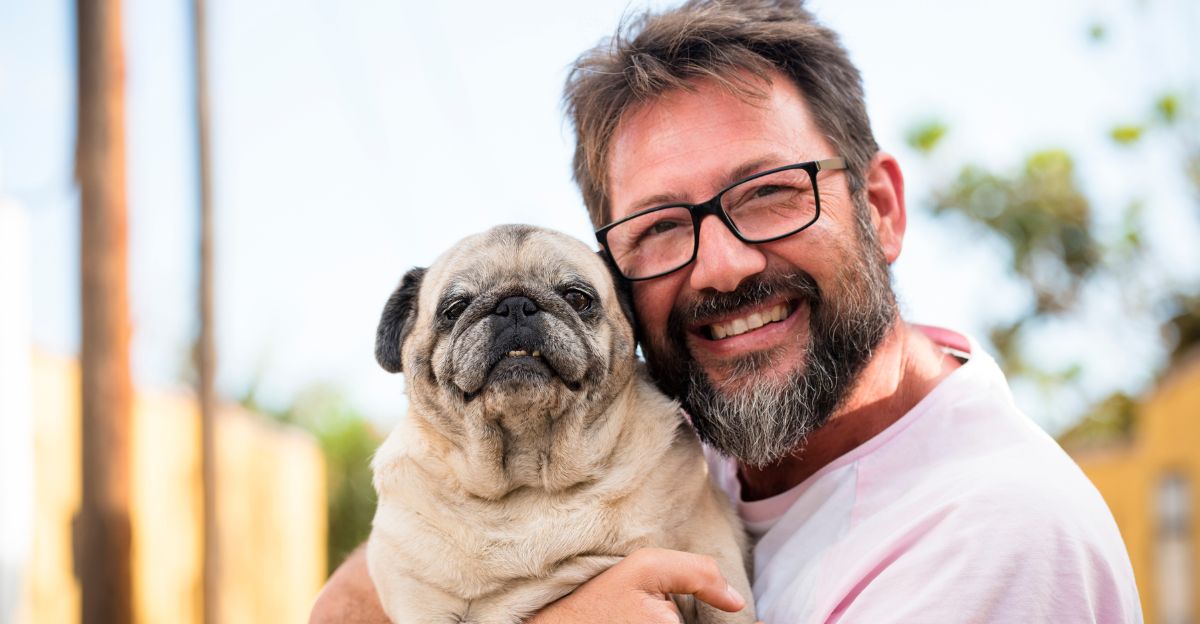
Dogs that have formed strong bonds with their owners tend to struggle less with stress, show fewer signs of anxiety, and are in better physical health. This deep connection can lead to a longer, happier life for your pet. Has your dog imprinted on you?
Explore more of our trending stories and hit Follow to keep them coming to your feed!

Don’t miss out on more stories like this! Hit the Follow button at the top of this article to stay updated with the latest news. Share your thoughts in the comments—we’d love to hear from you!







